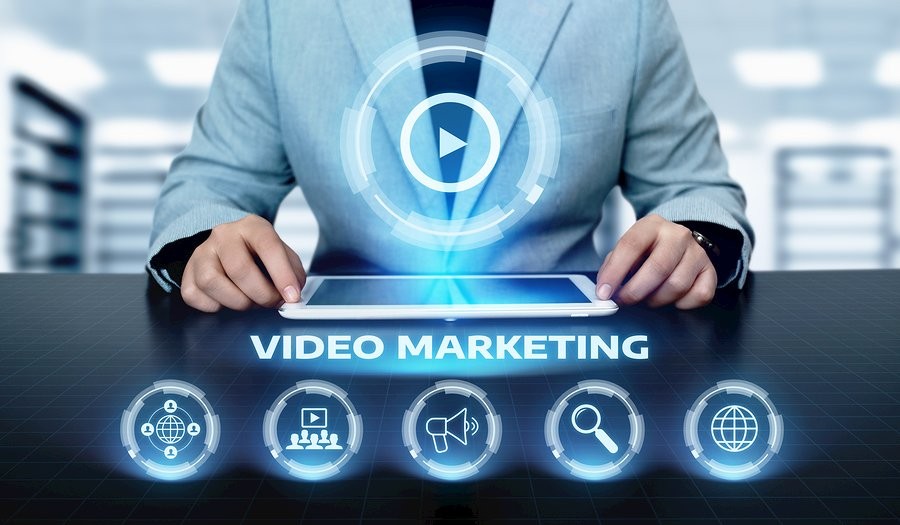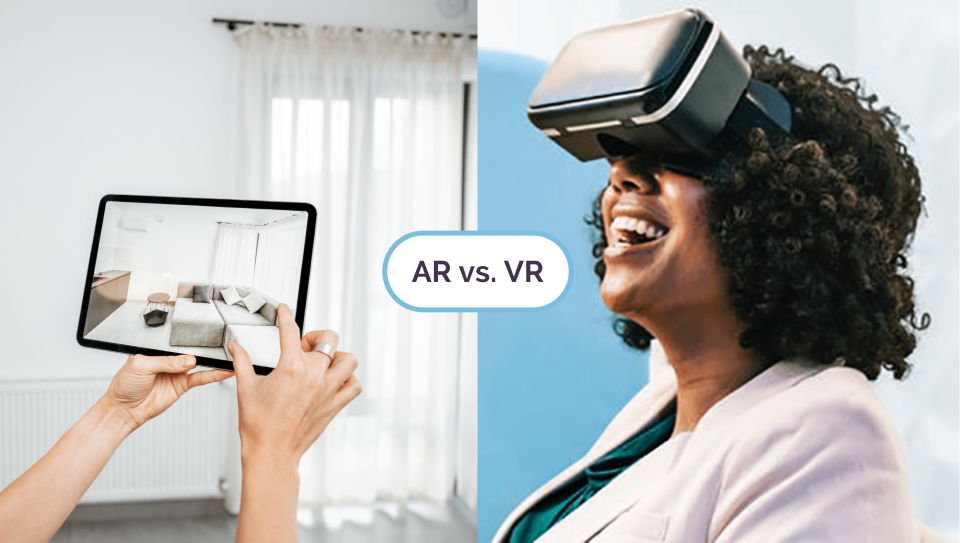The rise of video content has changed the way brands market themselves. With platforms like YouTube and Facebook prioritizing video, it’s essential to take advantage of this incredible marketing tool.
To get the most out of your video, here are four things to keep in mind: Creating visuals, telling your story, adding audio, and incorporating a call-to-action.
1. Visuals
One of the best ways to convey information in an effective manner is through visuals. In fact, research shows that people learn and retain more information when they receive it visually than through text alone.
In an age where attention spans are short and distractions are abundant, visual content is a key way to communicate your message to your audience quickly and efficiently. TechSmith’s research shows that using visuals like video, animated GIFs, screenshots and pie charts can save you time and improve your performance.
Videos are an ideal medium for conveying information because they allow you to share large amounts of data without having to use up a lot of space on your website or in email campaigns. They’re also incredibly powerful for storytelling, and can be used to educate your audience about a topic they may not know much about.
When it comes to educating your audience about important topics, there’s no substitute for a well-crafted video. This type of content can be used in email campaigns, on websites, and on social media.
A strong video can help you engage your audience and encourage them to take action on your behalf. It’s also a great way to build brand awareness and create an emotional connection with your audience.
Creating a video requires a good understanding of the story you want to tell, so make sure your team is fully equipped to produce high-quality videos that will help you reach your audience. If you have a team with limited experience creating videos, consider hiring professional services to help you create your next video.
Another way to ensure your videos are accessible is to include audio description for those who are deaf, hard of hearing, or have vision disabilities. This is not as difficult as you might think, and it’s especially helpful for short videos.
You can easily add this feature to your video using a simple script, then record and place the audio in the right places throughout your video. You might find this method easier to do than adding text descriptions, which can be a challenge if your content is complicated and lengthy.
2. Storytelling
Stories are a powerful marketing tool for brands, and video is the perfect way to tell them. They connect with people on an emotional level and make information easier to understand. They also elicit emotions that are a lot more memorable than text or images.
Storytelling has been around for a long time, but it’s really only recently that marketers have begun using it to better communicate with consumers. It’s a tried-and-true technique that has been used in marketing and advertising for decades, but it’s becoming increasingly common in digital content.
Creating a great story can be challenging. You have to remember that people have short attention spans, so it’s important to craft a story that engages them from start to finish. Then, you have to edit the video wisely so that it leaves them asking for more.
One of the most important video storytelling tips is to focus on a theme. This can be something simple, like a holiday story, or it can be more complicated. For example, a company may want to create a video about a small business and their mission or about the highs and lows of entrepreneurship.
A strong story can help to bring your brand to life and entice people to take action. It can also provide an opportunity for you to build a personal connection with your audience, which can lead to a stronger relationship between your brand and your customers.
Another good storytelling tip is to use a character or characters that your target audience will relate to. These characters can be a real person that they know or someone that represents them in some way, such as a celebrity.
You can also include elements that will resonate with your audience, such as a relatable situation or even a funny or embarrassing moment. This will make your brand come across as more human and make your videos stand out from the rest of the competition.
Once you’ve figured out your goal and targeted audience, it’s time to get started. The most effective way to start is by brainstorming with your team, giving them the freedom to come up with ideas that are out of the box. They’ll often come up with the best ideas, and then you can decide on the best way to tell the story.
3. Audio
Audio is an important part of the video, as it is used to set an emotional tone and make a consumer interested. It also increases the production value of the video. When it is done well, the audio of a video can even draw attention from people who are not watching it.
When you are creating a video, it is always better to start with the audio and work on the video as you go. This will help you to keep track of everything and prevent mistakes from happening.
Before you get started on your video, make sure you have a clear idea of what you want to say. You can do this by writing a script or by sketching a storyboard. This will make sure you know what you are going to say and will also help you to record the audio in a more organized manner.
Once you have a clear idea of what you need to say, start recording the audio and editing it. This will help you to ensure the audio is clear and helps your audience understand what you are talking about.
If you are unsure about how to record the audio, consider asking someone who has experience with recording audio to help. They will be able to give you tips and advice on what you should do to get the best results.
You should also make sure that you are using the right equipment to record your audio. A high-quality microphone will provide you with the best quality sound.
Another important tip is to try and record the audio as close to your subject as possible. This will ensure you have good audio and avoid having to use the built-in microphone on your camera.
It is a good idea to split the audio track from your video recording before uploading it to eBird. This will allow you to remove any unwanted sounds, and also help you save processing power on your computer.
When you are editing, it is a good idea to start with the dialogue and then add in any music and sound effects after. This will help to ensure that the audio is working with the video and that the overall video is smooth and layered correctly.
4. Call to Action
A call to action, or CTA, is a key part of any marketing video. It helps your message turn into an action, whether that is directing your viewers to a website or encouraging them to subscribe and share your videos.
The best CTAs in video are simple, direct and easy to understand. They also make the viewer feel a sense of urgency and compel them to take action.
To get your viewers to take action, you need to consider the mood of the video and the purpose of the CTA. This means that you need to know where in the sales funnel your video is aimed at, and what steps are necessary for the prospect to take.
For example, if you’re making a video about the benefits of your product, the best CTA for you might be a link to a website that explains the product’s features in detail. This will save the viewer time by taking them to a page where they can get all the information they need.
This can be done by adding an interactive button on your video or including a voiceover that instructs the viewer to click for more details. This will give the viewer all of the information they need to make an informed decision about your product.
Another great option for a CTA in video is to simply ask the viewer to contact you. This can be as simple as asking them to email you, but can also be a more complex method that involves pushing their contact information into your marketing automation platform.
You need to be careful about the type of CTA you use, as it will impact the success of your marketing campaign. For example, if you’re asking them to visit your website for more information, it’s not likely to be effective.
However, if you’re asking them to sign up for something (for example, a free trial or a webinar), then your CTA can be very effective. This will help you gather contact details and potentially convert them into paying customers. You can use this technique to boost the performance of your video marketing campaigns and build a loyal audience.










